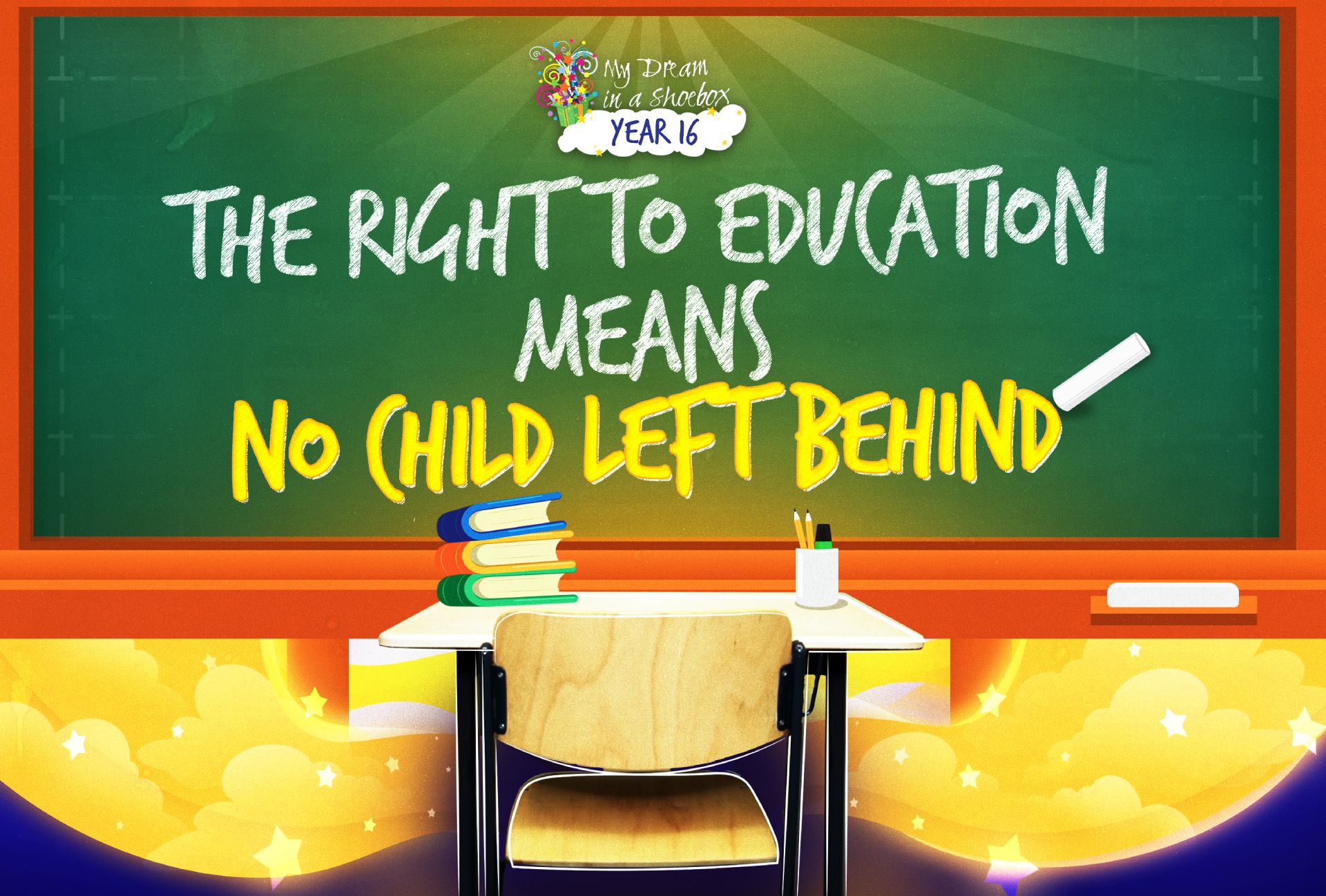Exploring Children’s Right To Education In The Philippines

Children’s right to education is a fundamental principle in global human rights, offering young learners the tools they need to reach their potential and shape a brighter future. In the Philippines, the right to education is recognized by the government, and many organizations continue to work to uphold this right for every Filipino child.
However, there are still barriers that prevent many children from accessing quality education. We can build pathways that empower the next generation with knowledge and opportunity by addressing these obstacles.
In this blog, we’ll explore the current state of education in the Philippines, the factors contributing to education poverty, and how we can help improve access to learning resources for every child.
Status of Education Poverty in the Philippines
Despite a strong commitment to education, poverty remains a significant barrier for many Filipino children. Financial hardships hinder families from enrolling their children in school or covering essential education expenses.
According to the Philippine Statistics Authority, approximately 15.5% of Filipinos—or around 17.54 million individuals—were considered poor in 2023, revealing the country’s extensive reach of economic constraints.
This level of poverty has a direct impact on the educational opportunities available to children, often leaving them without the support needed to complete their schooling.
Children’s Right to Education in the Philippines
The right to education in the Philippines is enshrined in the Constitution, but access remains a challenge for many young learners due to these core issues:
- Limited Access to Schools and Resources: Many rural areas lack nearby schools, sufficient classrooms, and basic learning materials, making it challenging for children to attend and fully engage in school.
- Financial Barriers: For low-income families, the indirect costs of education—such as transportation, school supplies, and uniforms—pose a significant hurdle, often preventing children from continuing their studies.
- Child Labor and Economic Pressures: Poverty drives some children to support household income through work, pulling them out of school and limiting their ability to focus on their education.
Overcoming these barriers is essential to fully realize the right to education and ensure every child has a pathway to learning and growth.
There’s Hope In Creating Change
Despite these challenges, numerous initiatives in the Philippines are dedicated to promoting children’s right to education. Organizations, nonprofits, and government programs are working tirelessly to ensure that every child has access to quality learning.
Additionally, grassroots organizations are also stepping up to support children’s right to education. Some have built educational hubs in remote areas, equipped with the necessities for learning, including books, computers, and internet access. These hubs are a lifeline for children who may otherwise lack access to such resources.
How Can We Help?
Creating a brighter future for children in the Philippines starts with collective action. By contributing to organizations, you can be part of a transformative effort. Supporting educational initiatives allows you to make a direct impact on children’s lives by providing them with the tools they need to succeed in school and beyond.
Initiatives like My Dream in a Shoebox offer a variety of ways to help support young Filipino learners. Here are the options you can choose to make a difference:
- Dream Kits: These kits are filled with essential school supplies—such as notebooks, pens, and other materials that are crucial for a child’s education journey. Even small contributions to these kits can ensure that a student has the resources needed to fully participate in their studies.
- Educational Hubs: Donations can go toward creating educational hubs that are equipped with functional laptops, reliable internet connectivity, and printing facilities. These hubs provide a safe space where children can learn, study, and access information necessary for their development.
- Scholarship Sponsorship: By sponsoring a student’s education for a year, you are laying the foundation for their academic success and giving them the tools to build a better future. Sponsorship ensures that financial constraints do not prevent a child from reaching their full potential.
Our Call to Action
The right to education is essential in building a resilient and prosperous society. Every child deserves a fair opportunity to learn, grow, and thrive, free from the limitations of poverty or economic barriers. By supporting initiatives that prioritize educational equity in the Philippines, we can help close the gap and provide every child with a chance at a brighter future.
Empowering young learners starts with each of us, and together, we can make a profound impact on children’s futures. Pledge your support today!

 facebook.com/mydreaminashoebox
facebook.com/mydreaminashoebox instagram.com/mydreaminashoebox
instagram.com/mydreaminashoebox